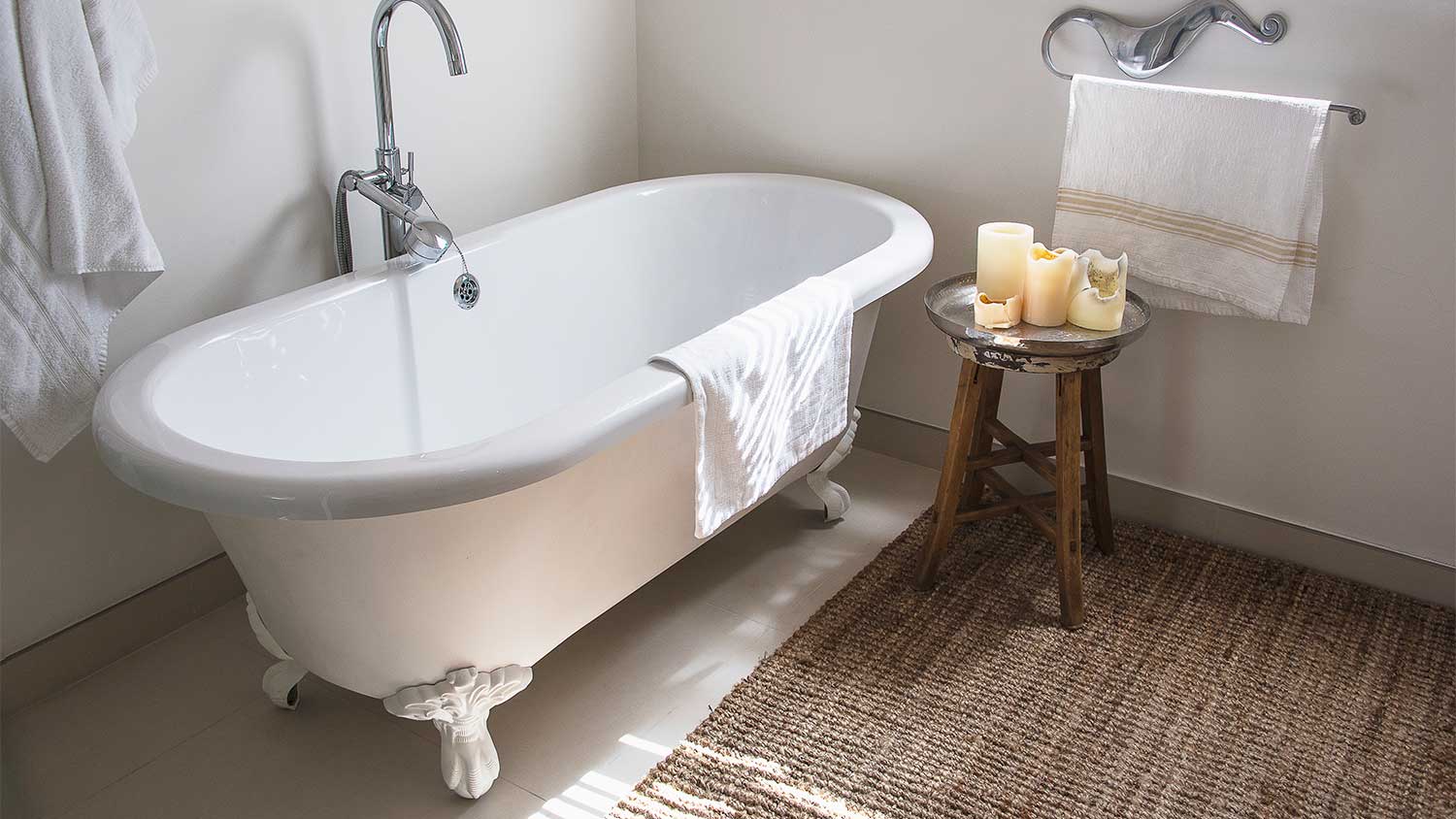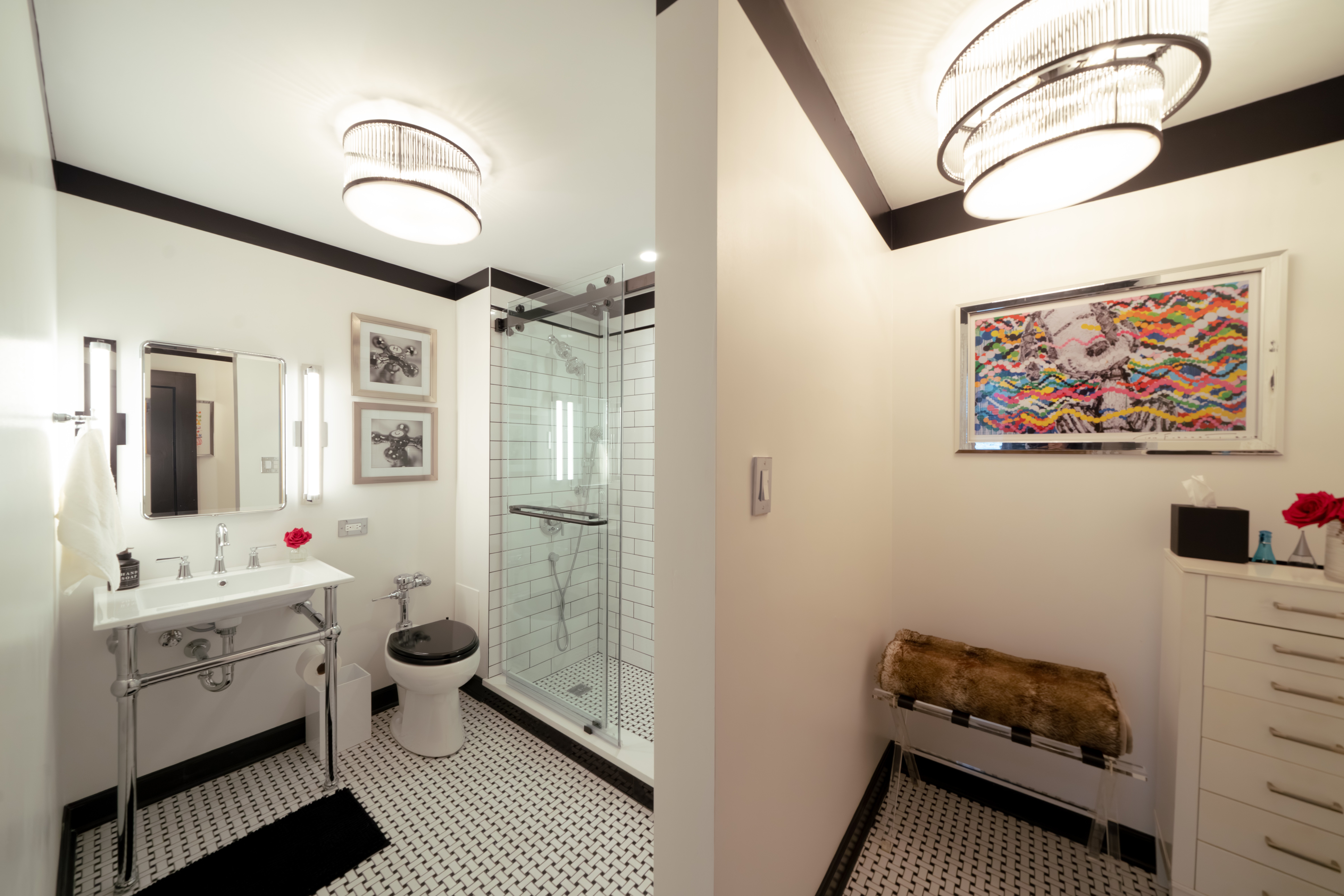
Here's a look at the cost to build a garage with an apartment on your property for a rental or in-law apartment.
Depending on the length and scope of the renovation project, you'll typically have two choices of contractor payment schedules


Now that you’ve reviewed all the estimates from general contractors near you, you’re ready to hire one and get the ball rolling on your long-awaited home remodeling project. Aside from choosing the materials and scheduling a date to start the work, there is another important decision to make: the payment schedule.
Choosing a payment schedule that works for you and your contractor helps you stay on the same page, but determining one can be difficult if you’ve never done it before. Luckily, there are two common contractor payment schedule types that can set you up for success.
Every home improvement project is unique, whether it’s remodeling your kitchen or building an addition. However, no matter the project, there are two common types of contractor payment schedules pros will typically use: the milestone schedule or the completion schedule.
This model involves the homeowner paying the contractor at predetermined intervals based on any major work they complete. For example, a full house remodel might have quite a few milestones, such as installing new appliances or flooring. A contractor will invoice after each of these is complete in order to cover labor, materials, and other expenses. You and your contractor will typically agree upon these milestones and their estimated costs while determining your payment schedule.
A final payment representing a percentage of the project’s total cost, say 10%, might be reserved until the very end when the contractor does a survey of the work and removes all equipment and tools.
This payment schedule is advantageous to both the homeowner and the contractor for projects that last more than a week. For the owner, it means not having to pay the whole lump sum at once, and for the contractor, it makes it much easier to buy materials and pay subcontractors as the project progresses.
This model of payment is based on time, not necessarily work—although the two might coincide. For a small job that takes a day or two, the contractor might request a full sum at the end rather than dividing it up into a payment schedule, particularly if they can get started on the work right away. For longer projects, the contractor might request regular payment intervals, be it weekly or biweekly, or when they feel a certain percentage of the job has been completed. This payment schedule also benefits both the homeowner and the contractor in two ways. First, it simplifies bookkeeping. Secondly, it encourages the contractor to complete the project in good time so that they can get paid promptly.

With any payment schedule, it is not uncommon for contractors to ask for a deposit before any work begins. Depending on the project, this deposit is often necessary to buy or preorder materials. Still, there may be room for negotiating the deposit, which can be as much as half the final cost, depending on the project’s scope and how long it will take the contractor. For projects that take less than a week to complete, the contractor and the homeowner might just agree that the total cost is due upon project completion.
The down payment is meant to reserve the contractor’s services and show good faith that you will pay for the project.
However, you shouldn’t pay the full price of the project before any work starts in the event the project does not go as planned. This is a big part of why determining a contractor payment schedule that works well for both parties—and includes a deposit amount if applicable—is so important.
Although you may choose one of the two payment schedules discussed above, payment plans vary and will be dependent on the nature of the work. Like every home, each project is unique and what you agree upon will vary based on many different factors.
No matter which contractor payment schedule you choose, it is important for both the contractors and clients to communicate well during the project. Good communication ensures there are no misunderstandings, particularly when the progress isn’t always visible to the homeowner, like with electric or plumbing work. Signing a contract is one way to avoid problems, as is thoroughly vetting your general contractor.
An experienced contractor will want both parties to be comfortable with any financial aspects of the project. After all, it’s not just their work that will help them get referrals; it’s also excellent working relationships that keep contractors in business.
From average costs to expert advice, get all the answers you need to get your job done.

Here's a look at the cost to build a garage with an apartment on your property for a rental or in-law apartment.

Finishing an attic can make a great addition to your home. This guide breaks down the cost to finish an attic, including labor, materials, and more.

The cost of installing a bathtub or a shower liner depends on the type of tub or shower, size, and features. This guide will show what you can expect to pay for your project.

Make choosing your toilet seat a cinch using this guide. Learn about different toilet seat types, shapes, materials, and features.

An updated bathtub can give a bathroom a whole new look. Find out how much it costs to replace a bathtub in Seattle, WA, including prices by type and labor costs.

An outdated bathroom is transformed into a vintage-inspired space with basketweave floor tile, a console sink, and subway tile.